Crafting an Effective HR Policy Document: Beyond Legal Requirements
In the realm of Human Resources, policy documents often walk a tightrope between legal compliance and practical application. It's not uncommon to encounter HR policy documents that feel like a mere checklist of legal obligations, lacking the depth and relevance needed to truly guide a business's decisions and actions.
Let's break down what makes a HR policy document truly effective and meaningful.
Beyond Legal Requirements: While regulatory compliance is crucial, a robust HR policy document goes beyond ticking legal boxes. It dives further into how these regulations will be applied within the unique context of your business. It's not just about stating what the law requires but providing insights into how these requirements will be navigated and integrated into daily operations.
Decision-Making Framework: Think of your HR policy document as a guidebook for decision-making within your organisation. It not only outlines the principles and values that underpin HR decisions but also ensures consistency, especially crucial for managers and supervisors as the business expands. As your organisation grows, documented policies become essential to maintain a standardised approach, aligning decisions with the company's mission and strategy. This fosters a fair and cohesive working environment, making it an invaluable investment in the stability and reliability of your evolving organisation.
Practical Rules and Guidelines: While policies set the stage, rules and guidelines provide the necessary details for implementation. Clearly outline the expectations and standards that employees are required to meet. Consider, for example, the clarity needed around annual leave processes, such as the timing of applications, or the requirements for sick leave evidence. Additionally, in areas like flexible work arrangements, where interpretations of ‘flexibility’ can vary, it’s crucial to define parameters and expectations. This not only fosters clarity but also empowers employees to understand how their actions align with your organisational objectives.
Tailored to Company Culture: A one-size-fits-all approach doesn't cut it when it comes to HR policies. A document crafted with your company's unique culture in mind is far more likely to resonate with your employees. Your company's values aren't just pretty words on a wall; they should be woven into every policy. Tailor your policies to reflect the values and ethos of your organisation, creating a document that your employees can connect with on a personal and professional level.
Communication and Accessibility: Even the most thoughtfully crafted policies are ineffective if they're buried in a digital abyss. Ensure that your HR policy document is accessible to all of your employees. Communication is key, so make sure that your employees not only have access to the document but also understand its contents. Consider using user-friendly language (keeping the legal jargon to a minimum) and providing real-world examples to make it easier to interpret.
Continuous Review and Adaptation: Don't get lazy once your policies are set in stone (or PDF). Regularly review and update them to reflect evolving best practices, regulatory changes, and feedback from your employees and other stakeholders. Continuous improvement isn't just a buzzword – it's the key to staying relevant and effective in the competitive business world.
Remember, a policy document isn't just a static legal document; it's a reflection of your organisation's values, priorities, and commitment to excellence. Something to keep in mind when you are crafting your policies…the best policies aren't just written – they're lived every day in every decision and action we take.
If you need help developing or updating your HR policy documents, make Small Business HR Support your trusted partner!

